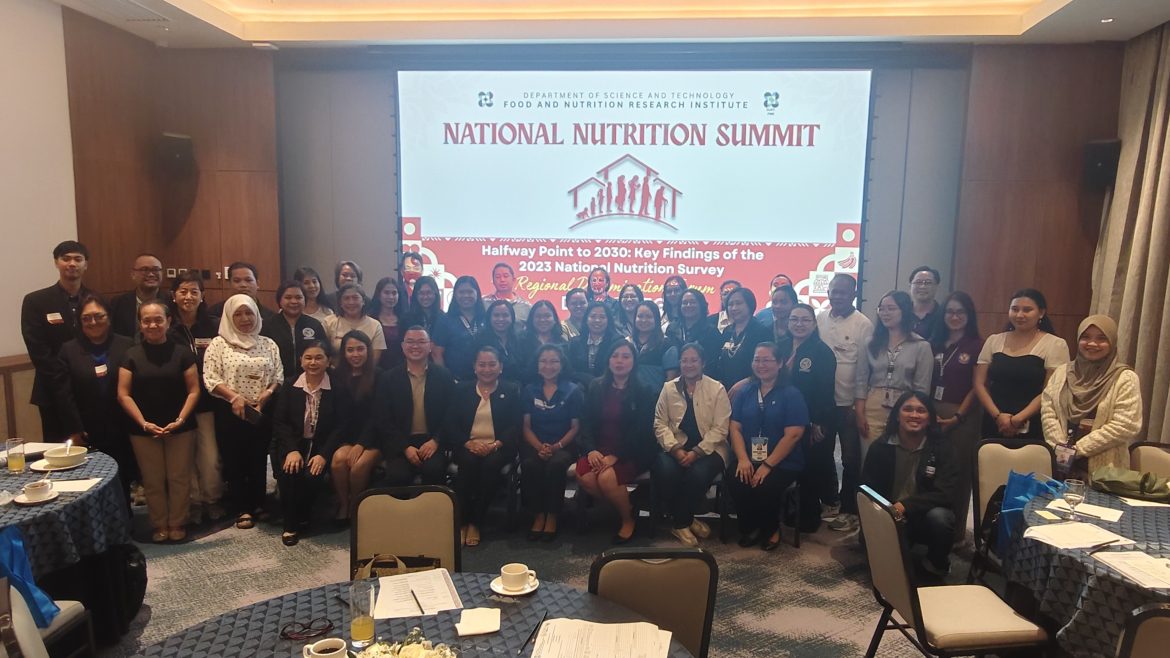NEARLY 4 in 10 households in Davao Region experienced moderate to severe food insecurity, data from the Food and Nutrition Research Institute’s 2023 National Nutrition Survey (NNS) revealed.
Department of Science and Technology-Food and Nutrition Research Institute (DOST-FNRI).
Based on the Food Insecurity Experience Scale (FIES), two in every five households in the region experience food insecurity (moderate to severe), which was significantly higher among those with poor wealth status, caused by reduced food quantities, skipping meals, or no food for a day or more.
The prevalence among households by size was largely more than five members, and mostly residing in rural areas.
At the national level, the Philippines currently has 31.4% moderate to severe as of 2023, with BARMM being the highest of 48.2% and Calabarzon being the lowest.
The survey covered 2,095 households with 6,721 respondents in Davao Region.
The survey further showed that the top purchased or gathered foods in the Philippines were vegetables, fish, and other seafood, according to the household food environment segment.
Sari-sari stores and other small retailers are the most widely available food environment. Cultivated farms, gardens, kiosks, convenience stores, and grocery stores were utilized by three in every 10 households.
In terms of food acquisition frequency and expenditure, households commonly have no amount to spend in both natural food environments and other sources for two to three times a week and once or twice a month, respectively.



